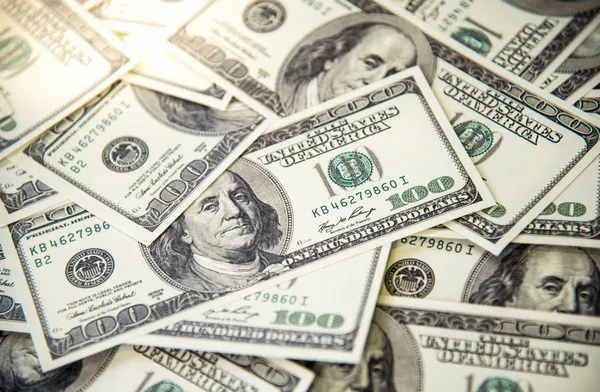The exchange rate between the US dollar (USD) and the Indian rupee (INR) is an important economic indicator that affects international trade, finance, and investment. For individuals and businesses engaging in cross-border transactions between the United States and India, understanding the current USD to INR exchange rate is crucial for making informed decisions about currency conversion and managing currency risk. In this article, we will discuss what the current dollar rate is in Indian rupees and some of the factors that influence it.
Current Dollar Rate in Indian Rupees
As of June 19, 2023, the current dollar rate in Indian rupees is approximately 73.63 INR per USD. This means that one US dollar can be exchanged for 73.63 Indian rupees. The exchange rate fluctuates daily based on market conditions and various economic factors.
Factors Influencing the Dollar Rate in Indian Rupees
Several factors influence the dollar rate in Indian rupees, including:
1. Interest rates: One of the most significant factors influencing the exchange rate is interest rates. When a country raises its interest rates, it attracts foreign investment, which increases demand for its currency. A higher demand for a currency increases its value relative to other currencies, leading to appreciation. Conversely, when a country lowers its interest rates, it discourages foreign investment, reducing demand for its currency and leading to depreciation. The Reserve Bank of India (RBI) monitors and adjusts interest rates to balance inflation and economic growth.
2. Inflation: Inflation is the rate at which prices increase over time, eroding the purchasing power of a currency. High inflation reduces the value of a currency, leading to depreciation. The RBI sets an inflation target of 4% (+/- 2%) and uses monetary policy tools such as interest rate adjustments to control inflation.
3. Gross Domestic Product (GDP): GDP is a measure of a country’s economic output and productivity. A higher GDP indicates a stronger economy, attracting foreign investment and increasing demand for the country’s currency, leading to appreciation. Conversely, a lower GDP reduces demand for a currency, leading to depreciation.
4. Political Stability: Political instability can reduce investor confidence in a country, leading to a decrease in demand for its currency. A stable political environment promotes economic growth and attracts foreign investment, increasing demand for a country’s currency.
5. Trade Deficit: A trade deficit occurs when a country imports more goods and services than it exports. This leads to an outflow of currency, reducing demand for the country’s currency and leading to depreciation. India has had a persistent trade deficit, primarily due to high oil imports.
Conclusion
The current dollar rate in Indian rupees is affected by several factors, including interest rates, inflation, GDP, political stability, and trade deficit. Understanding these factors and their impact on the exchange rate is essential for individuals and businesses engaging in cross-border transactions between the United States and India. While the exchange rate fluctuates daily, closely monitoring economic indicators and market trends can help individuals and businesses make informed decisions about currency conversion and managing currency risk.


